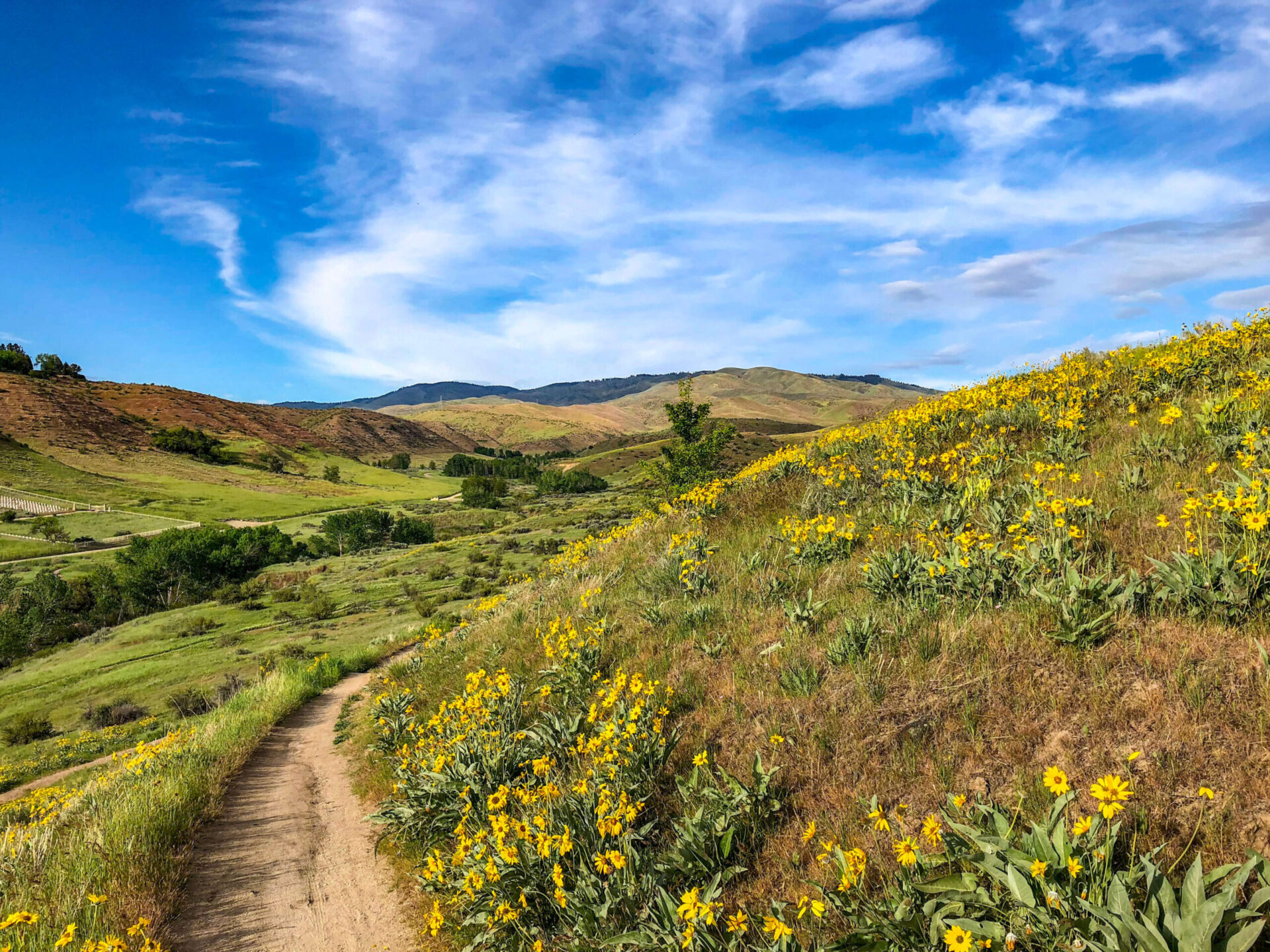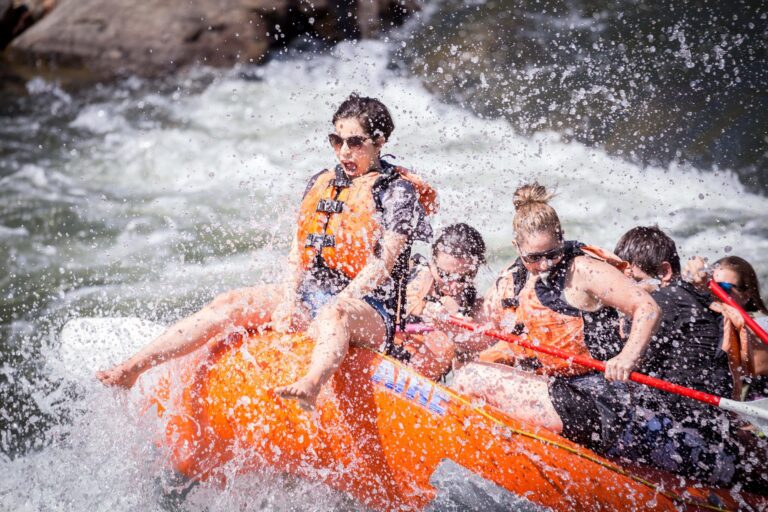Stretching from the city of Eagle to the north to Lucky Peak Reservoir in the south, the Boise front foothills — or simply “the Foothills” — serve as a backdrop for Boise and the surrounding areas.
Popular Activities in the Foothills:
- Hiking
- Biking
- Bird Watching
- Picnicking
- Trail Running
- Stargazing
These rolling, pine-dusted mountains are technically foothills of the great Rocky Mountains that rise up hundreds of miles to the east. But back here in Boise, the Foothills make up one of the most accessible urban recreation areas in the West. Visitors can hike and bike, take in vistas and wildlife, exercise, or relax — all within a walk or Uber ride of town.
Whether you’re staying in an Airbnb in Eagle or attending a conference in Downtown Boise, the Foothills provide a welcome escape. Here’s how to get started exploring them…
Local’s tip:Before you explore, be sure to read up on Foothills trail etiquette.
Northwest Boise and Eagle Foothills
The charming suburb of Eagle is tucked up against the northwest edge of the Foothills. To the direct north of town, the Foothills are mostly privately-owned range land, but to the northeast, options for exploring are many.
Avimor: This large planned residential development is the entry point to more than 100 miles of trails that connect to the larger Ridge to Rivers trail system (more on that below). In peak season, when the weather is perfect and trails closer to the city are busier, the Avimor area can provide more solitude thanks to fewer people.
Eagle Bike Park: Whether you’re new to mountain biking or a long-time rider looking to hone your skills, Eagle Bike Park is a must-visit. Located at the Eagle Sports Complex on North Horseshoe Bend Road, this public park is filled with purpose-built mountain bike trails and obstacles. This includes jumps, a pump track, and trails for every level of experience. Check with a local bike shop for rentals and get out there!
Downtown Boise
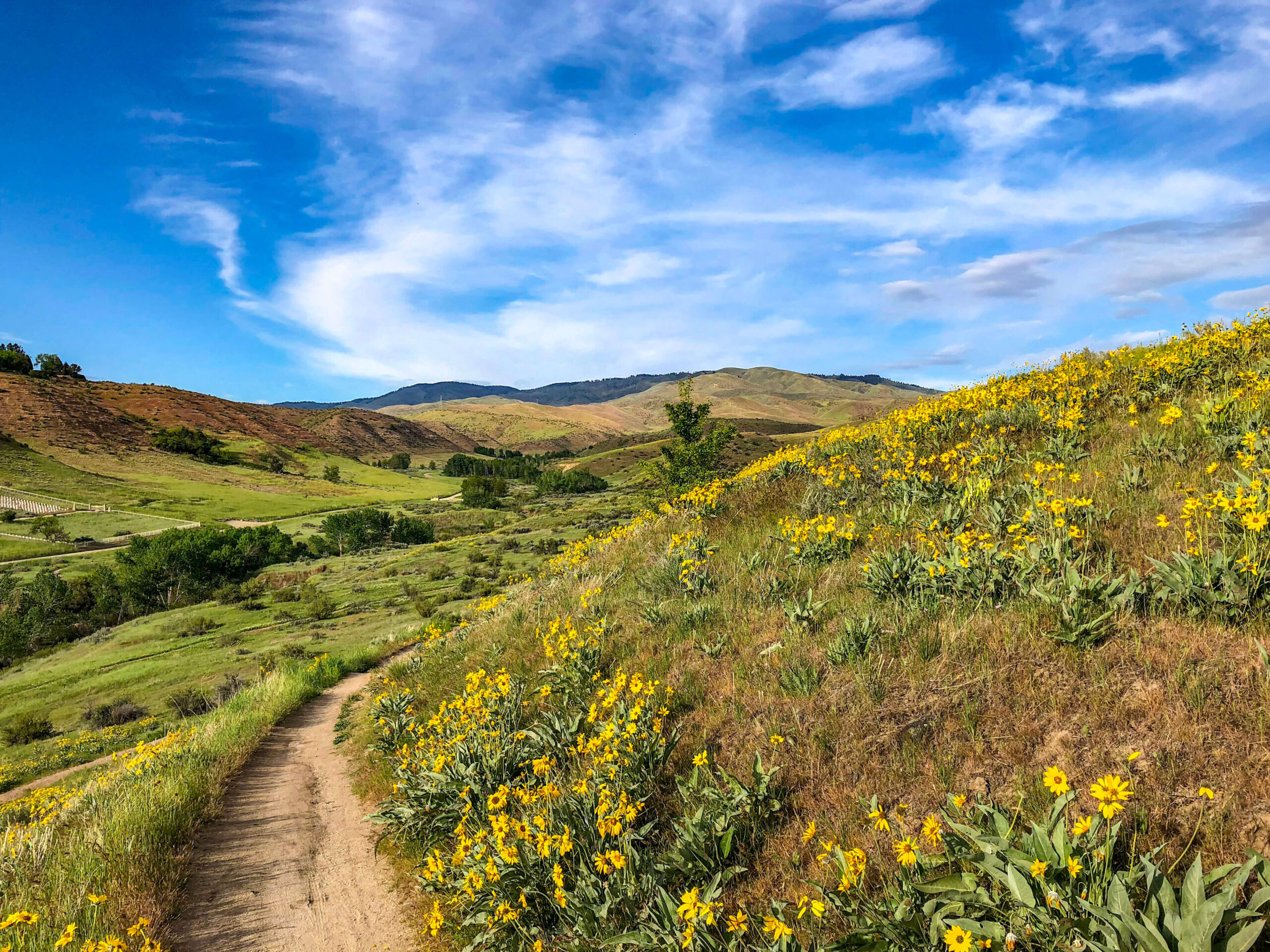
Photo Credit: Christian Nafzger
Accessing the Foothills from Downtown Boise or other nearby areas is easy. Among the dozens of entry points, some of the most popular for visitors are…
Camel’s Back Park: Named for the humped hill that rises above one of Boise’s most beloved public parks, this area makes for a great introduction to the nearly 200-miles of trails in the Ridge to Rivers system. For a short, intense workout, climb to the top of Camel’s Back and take in the 360-degree views of the city and the mountains. Or, for more adventure, look for the trail entrance to the right of the hill. This leads to Hulls Gulch Reserve, a something-for-everyone type trail system that offers quiet picnic spots, birding and wildlife viewing opportunities, easy walks, and access to more challenging biking. The lower section consists of wide, packed trails which give way to single-track the further out you travel.
Foothills Learning Center: About a mile up 8th Street, you’ll find the Foothills Learning Center. Tucked away in Hulls Gulch, the center is designed to introduce visitors to the Foothills’ natural history. Picnic in the Native Plant Garden, and then take a stroll down the self-led Story Trail.
Military Reserve: From 1863 through the 1940s, the area was used for military exercises by the soldiers stationed at Fort Boise. Today, Fort Boise is a community center and the hills above are used for recreation and wildlife preservation. The gentle trails meander past goldfinch nests and waving fields of goldenrod. Cottonwood Creek cuts through the southern half of the park, and the adjacent trails are full of thickets and tall shade trees — the perfect place to beat the summer heat.
Table Rock: Further east lies the most iconic Boise hike: Table Rock. You can see this tall sandstone mesa from anywhere in the city — it’s easily identifiable by the 60-foot neon cross that’s perched on its highest point. Table Rock is a relic of Lake Idaho, an ancient lake that existed from about 10 to 3 million years ago and covered most of Southwest Idaho. Because of its unique shape, eye-catching cross, and the sweeping views of the city from the top, the Table Rock trail is Boise-famous. The 3.7-mile loop begins at the Old Penitentiary. It’s a steep hike, but the sunsets from the top are legendary.
Locals tip: How about trailside cold brew? Café Mulé offers complimentary gourmet nitro cold brew right in the heart of the Foothills thanks to the world’s only mule-powered coffee service.
Harris Ranch/Lucky Peak
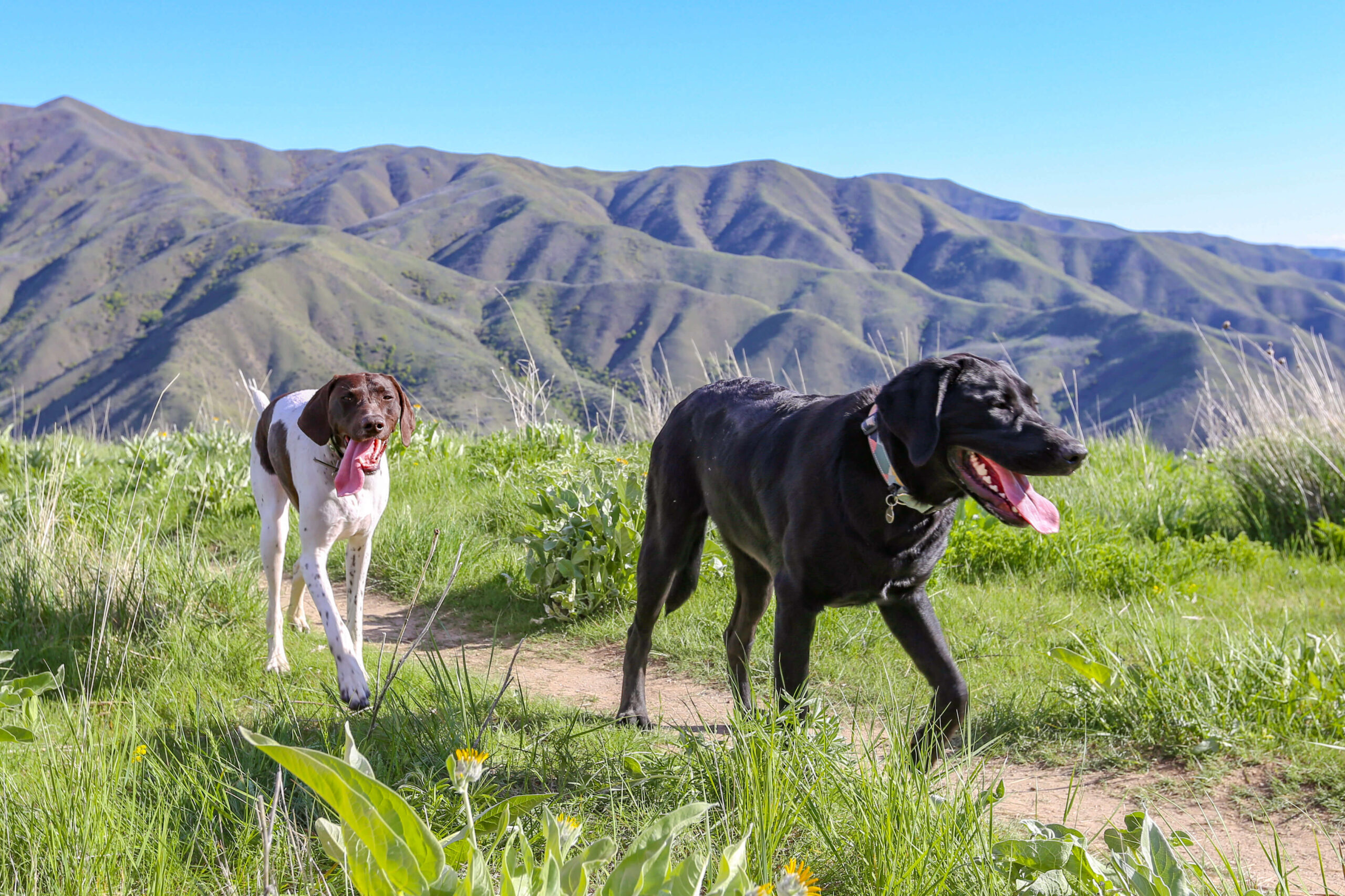
Photo Credit: Christian Nafzger
Drive east from downtown Boise on Warm Springs Blvd or take the Highway 21 exit off Interstate 84 and you will find Barber Valley, a mostly residential area that provides easy access to some very interesting Foothills experiences…
Adelmann Mine: Looking to see a little bit of the “old west”? You’ll find it on the 5-mile out and back Foothills hike. Start out at the Boise River Wildlife Management Area Office and head out into the hills. There’s a pretty good chance you’ll spot an osprey, deer, or other wildlife on your way to a more than century-old mining operation. A true one-of-a-kind Boise adventure.
Lucky Peak Loop: This 15-mile long loop sits above Lucky Peak Reservoir, a popular spot for boating and fishing. While its distance requires a reasonable degree of fitness, it can also be broken up into smaller segments. Either approach provides tremendous views of the reservoir, surrounding hills, and the valley below. Just south of here, Oregon Trail pioneers made their way toward the Oregon Territory, with many stopping to lay down roots in the Boise area.
Local’s Tip: Hotel 43 doesn’t only offer trendy accommodations minutes away from the Foothills. They also have complimentary bike rentals.
Commonly Asked Questions
When are the Foothills “open”?
As public lands, most Foothills trails are accessible 24/7 365 days a year. The key is to mind the trail conditions — if the trails are muddy and dirt is sticking to your shoes, turn around. These trails are prone to erosion and divots when muddy. Once they dry out, these scars turn into dangerous obstacles for other users.
Are the Foothills good for trail running?
Yes! Trail runners who are looking for the perfect early-morning jog should check out the Wild Phlox / Seaman’s Gulch loop. This narrow, well-packed trail is 2.1 miles with a 225-foot elevation gain. It’s a great place to run in solitude, without being a total lung-buster.
Can my dog join me in the Foothills?
Yes! The Foothills are a puppy paradise. Most trails are marked as controlled off-leash areas, meaning that well-behaved pups are free to roam. Corrals Trail is a great place to start. It’s got enough shaded areas to keep your pooch from overheating, and it’s just challenging enough to tire you both out without leaving you sore the next day.
Are there any interpretive trails in the Foothills?
Absolutely. Hulls Gulch Interpretive Loop is a popular trail for nature lovers. It has interpretive signage which explains the native flora, fauna, and geographic history of the Foothills. If you’re looking for a bird’s eye view, head to Mores Mountain Interpretive Trail. It’s the highest hike in the Ridge To Rivers trail system, and the alpine habitat feels like a completely different world from the lower ranges.
When’s a good time to view wildflowers?
In spring and early summer, the Foothills come alive with wildflowers. Purple and white lupine blanket the lower hills. Bold yellow arrowleaf balsamroot spring up all over. Wild hyacinths and mariposa lilies appear suddenly in early summer. Higher up, you might stumble on fragrant syringa shrubs, Idaho’s state flower.
You can spot wildflowers on any of the Foothills trails. One good bet for a wildflower walk is Central Ridge Trail, which provides sweeping views of the lower hills.
Is there wildlife in the Foothills?
Wildlife is abundant in the Foothills. Deer and coyotes are widespread. The occasional mountain lion or herd of elk will come down from the mountains into the upper reaches of the Foothills. Birdwatchers flock to the Foothills to spot rare species. The unique geography and placement of the Foothills make them host to migrating birds, including neotropical songbirds who rest in the Foothills on their journey from South America.
Your best chance of seeing wildlife in the Foothills is in stream corridors. The trees and shrubs along these desert creeks draw in critters looking for food, cover, and water. As an added bonus, these trails also provide plenty of shade for humans, which is rare in a hot high-desert summer. Stream corridor trails include Bob’s Trail Loop, Red-Winged Blackbird Trail, and Shingle Creek Trail.
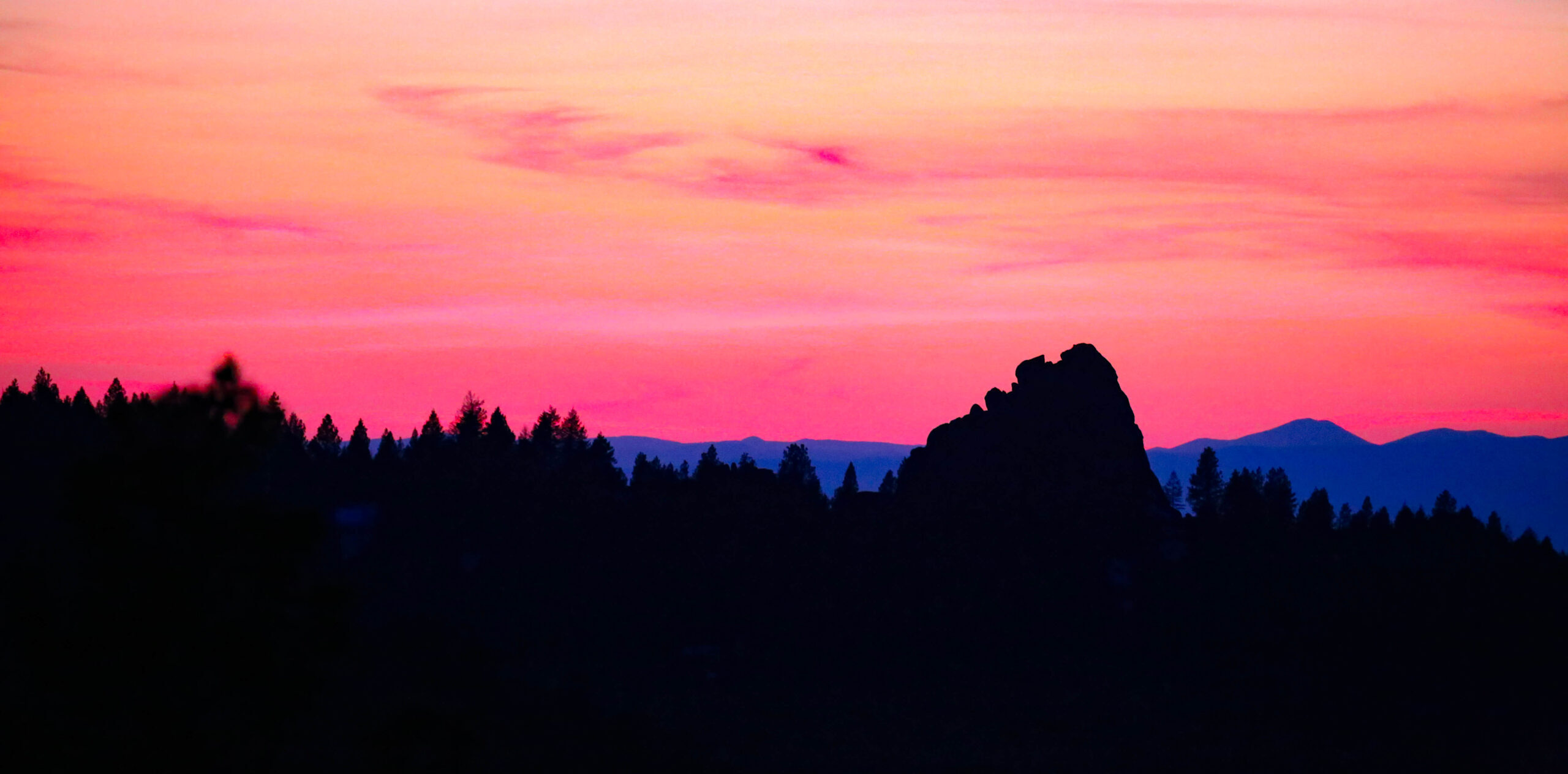
Photo Credit: Christian Nafzger
If you’re looking for a more uncommon adventure, there are plenty of unique ways to enjoy the Foothills.
Searching for other one-of-a-kind Southwest Idaho destinations? Check out our guides to the Sawtooth Mountains, Bogus Basin, and our favorite hidden retreats.

